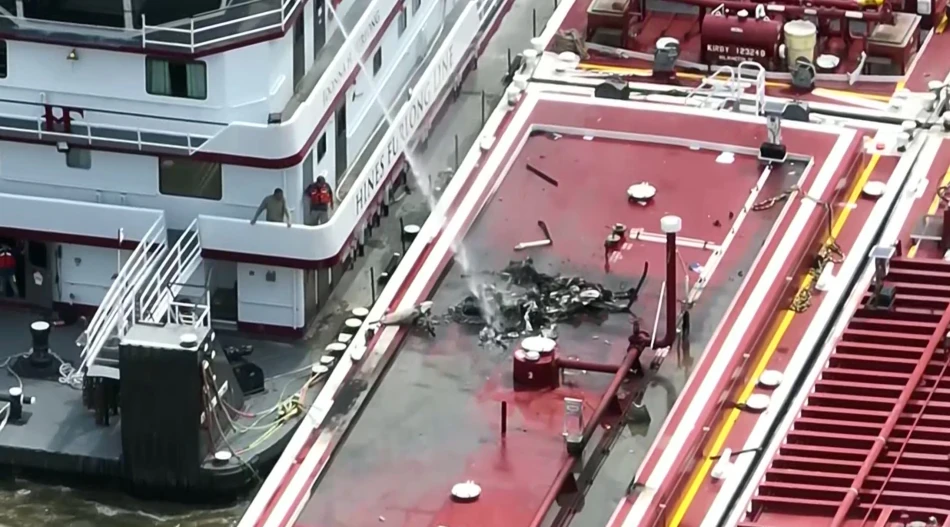
Two Killed as US Helicopter Crashes in Tragic Incident
Fatal Helicopter Crash Claims Two Lives After Collision with Mississippi River Barge
Two people died today when a helicopter crashed into a cargo barge on the Mississippi River in Illinois, according to the Federal Aviation Administration. The victims were both aboard the aircraft, with no additional casualties reported from the collision that highlights ongoing safety challenges along one of America's busiest commercial waterways.
Details of the Deadly Incident
Corporal Dallas Thompson from the Illinois State Police confirmed that both fatalities were helicopter occupants, with no injuries reported among barge crew members or other vessels in the area. The FAA has launched an investigation into the circumstances surrounding the crash, though initial details about weather conditions, flight purpose, or mechanical factors remain undisclosed.
Mississippi River: A High-Traffic Collision Zone
The Mississippi River system handles approximately 500 million tons of cargo annually, making it one of the world's most congested inland waterways. The stretch through Illinois sees particularly heavy traffic, with barges carrying everything from agricultural products to petroleum moving between major industrial centers like St. Louis and Chicago.
This incident underscores the complex air-water traffic dynamics that emergency responders and aviation authorities must navigate. Helicopter operations over major waterways require careful coordination with marine traffic, especially in areas where low-flying aircraft conduct everything from medical evacuations to infrastructure inspections.
Safety Implications for River Aviation
Aviation safety experts have long pointed to the challenges of operating aircraft over busy commercial waterways. Unlike ocean routes where marine traffic is more predictable, river systems present unique hazards due to confined channels, variable weather patterns created by water proximity, and the concentration of both air and water traffic in narrow corridors.
The National Transportation Safety Board typically investigates such incidents thoroughly, examining factors including pilot experience, aircraft maintenance records, weather conditions, and potential communication breakdowns between air traffic control and marine vessel operators. Previous investigations along the Mississippi have revealed issues ranging from visibility problems during certain weather conditions to inadequate coordination protocols between different transportation modes.
Economic and Operational Impact
While this tragedy represents a relatively isolated incident, it occurs against the backdrop of increasing scrutiny over transportation safety along critical commercial routes. The Mississippi River system supports roughly $12.6 billion in shipping activity annually, with any disruption to normal operations carrying significant economic implications for agricultural exports and industrial supply chains.
The incident may prompt renewed discussions about safety protocols for aircraft operating over high-traffic waterways, potentially leading to enhanced coordination requirements or modified flight path regulations in congested river corridors.
 Sara Khaled
Sara Khaled







